Deep beneath the forest floor, an intricate network of fungal threads silently weaves through the soil, connecting trees and plants in a complex, symbiotic web. Scientists have long suspected that plants communicate, but recent discoveries reveal that this underground "internet" of fungi—dubbed the "Wood Wide Web"—facilitates not just nutrient exchange but also a form of conversation. Far from the passive organisms we once imagined, plants may be engaged in a constant, whispered dialogue, mediated by their fungal allies.
The idea that plants communicate is not entirely new. For decades, researchers have observed how trees release chemicals into the air to warn neighbors of insect attacks or drought. But the revelation that fungi serve as intermediaries in this process has transformed our understanding of plant interactions. Mycorrhizal fungi, which form symbiotic relationships with plant roots, act as both messengers and nutrient highways, transmitting signals and resources between distant plants. This hidden network suggests that forests function less as collections of individual trees and more as interconnected superorganisms.
The Wood Wide Web operates on a microscopic scale, yet its implications are vast. Fungal hyphae—thread-like structures—extend far beyond a plant’s root system, linking it to others of the same or even different species. Through these connections, plants can share sugars, nitrogen, and phosphorus, redistributing resources to where they’re needed most. But the exchange isn’t purely transactional. Studies indicate that older "mother trees" use the network to nurture younger saplings, boosting their survival rates. In some cases, dying trees appear to deliberately shunt their remaining nutrients to neighboring plants, a final act of ecological generosity.
What’s even more astonishing is the evidence that plants use this fungal network to send warnings. When one plant is attacked by pests, chemical signals travel through the mycorrhizal threads, prompting nearby plants to preemptively ramp up their defenses. This isn’t mere reflex; it’s a coordinated response, suggesting a level of intentionality previously reserved for animal behavior. Some researchers argue that this system resembles a rudimentary form of intelligence, where plants collectively "decide" how to allocate resources or respond to threats.
Critics, however, caution against anthropomorphizing these interactions. While the fungal network undeniably facilitates communication, it’s unclear whether plants "intend" to send messages or if these signals are simply byproducts of physiological processes. The debate touches on deeper questions about consciousness and agency in non-animal life. Yet even skeptics admit that the Wood Wide Web challenges traditional hierarchies of intelligence, forcing us to reconsider what it means to communicate—or even to think.
The implications extend beyond academia. Understanding fungal networks could revolutionize agriculture, offering ways to enhance crop resilience without chemicals. Farmers might one day harness mycorrhizal fungi to create self-sustaining ecosystems where crops support one another. Conversely, deforestation and industrial farming disrupt these networks, potentially silencing a vital ecological dialogue. If plants truly "speak" through fungi, then modern land use isn’t just destroying trees—it’s severing the threads of an ancient, living internet.
As research continues, one thing becomes clear: the natural world is far more talkative than we ever imagined. The next time you walk through a forest, remember that beneath your feet, millions of fungal connections are humming with activity, carrying messages we’re only beginning to decode. The trees might not speak our language, but they’re certainly speaking to each other—and we’re finally learning to listen.

By /Jun 7, 2025

By /Jun 7, 2025

By /Jun 7, 2025

By /Jun 7, 2025

By /Jun 7, 2025

By /Jun 7, 2025
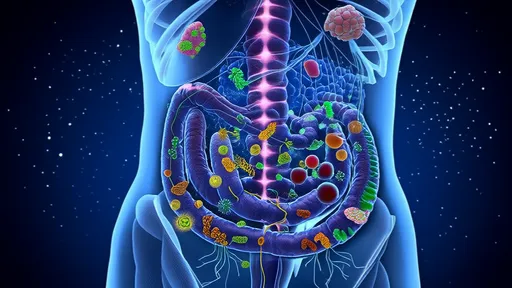
By /Jun 7, 2025
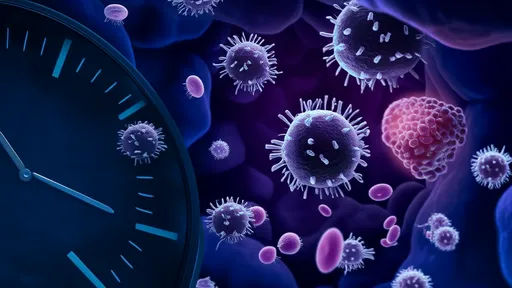
By /Jun 7, 2025

By /Jun 7, 2025

By /Jun 7, 2025

By /Jun 7, 2025

By /Jun 7, 2025

By /Jun 7, 2025

By /Jun 7, 2025

By /Jun 7, 2025
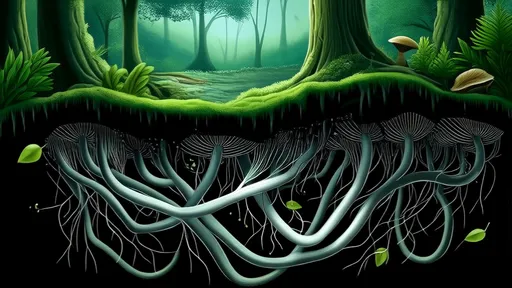
By /Jun 7, 2025

By /Jun 7, 2025
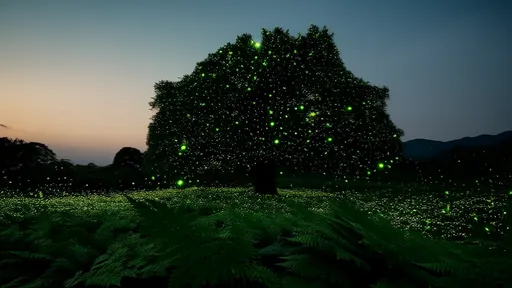
By /Jun 7, 2025

By /Jun 7, 2025
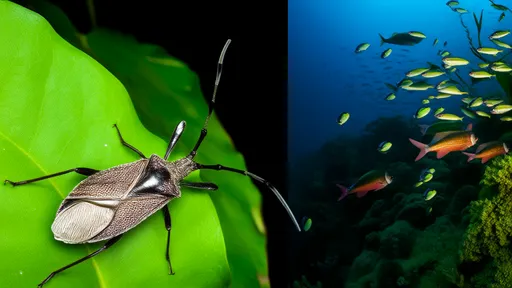
By /Jun 7, 2025